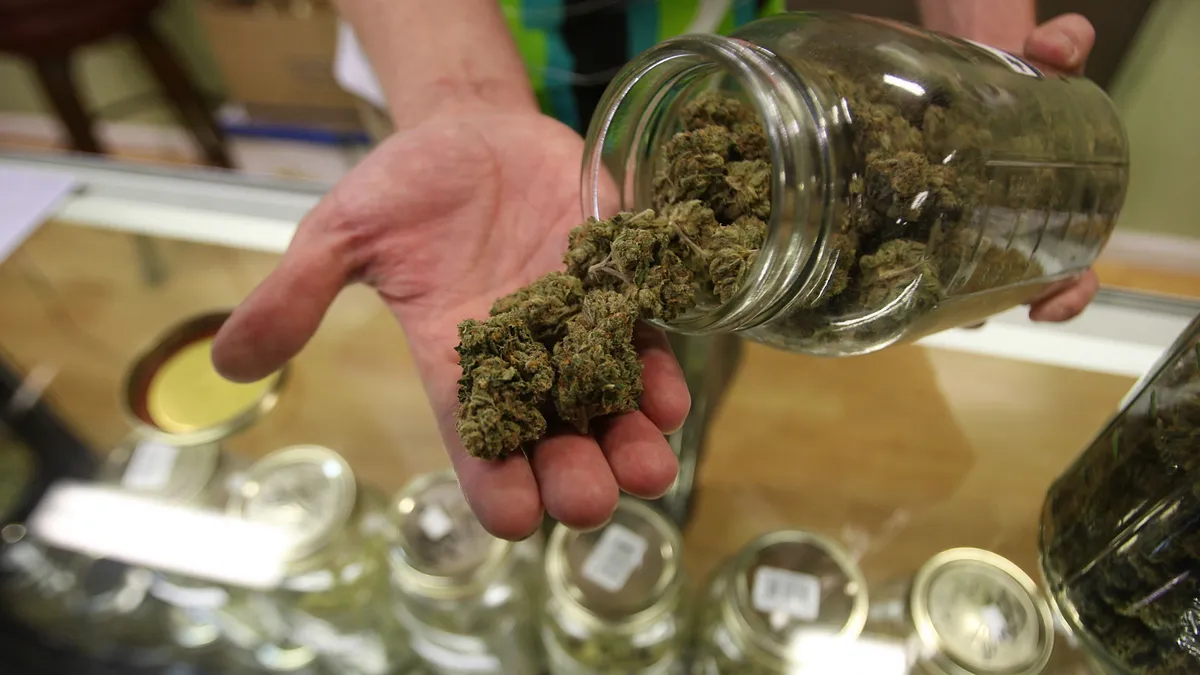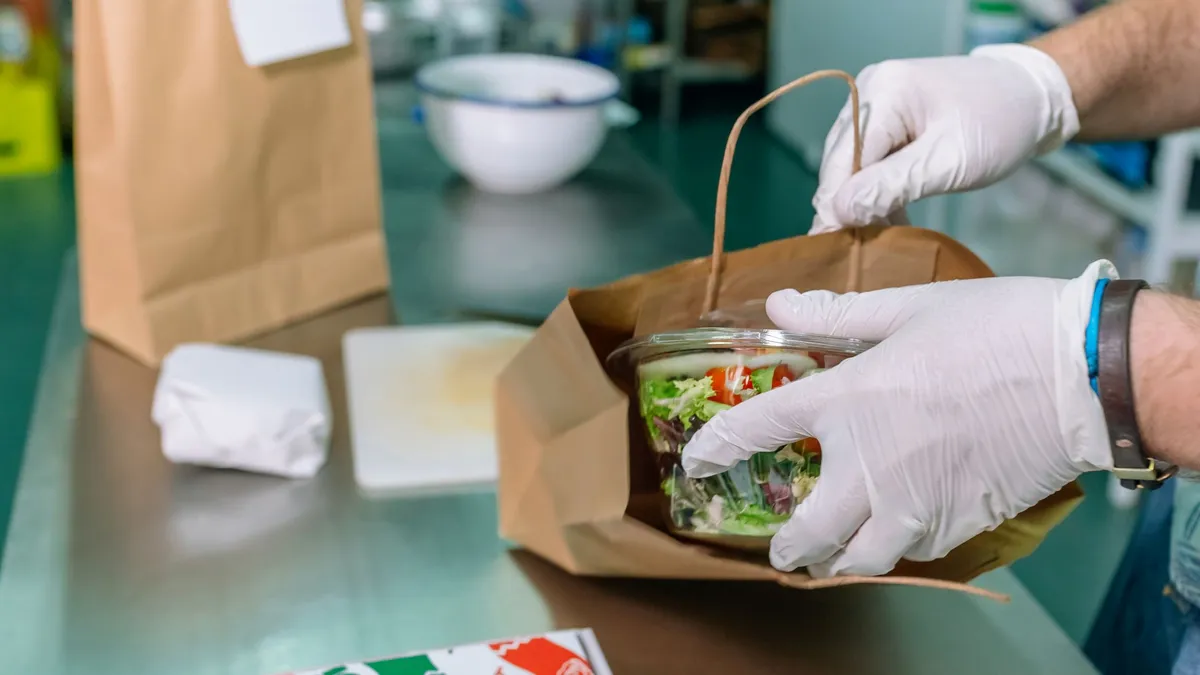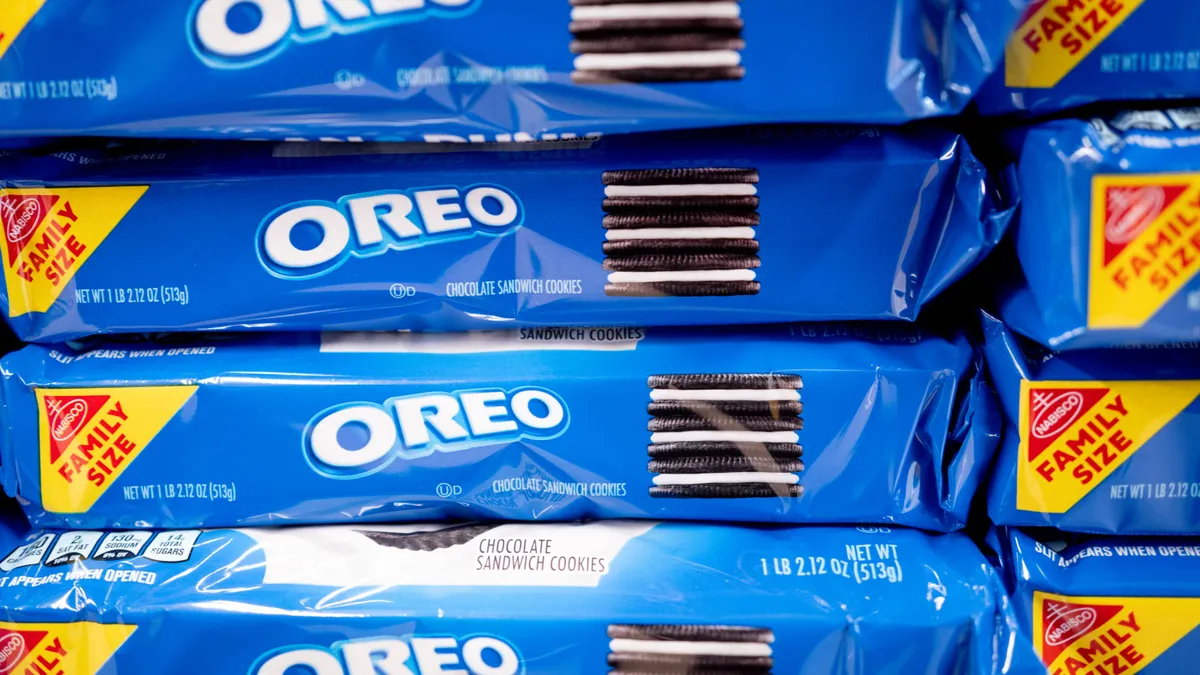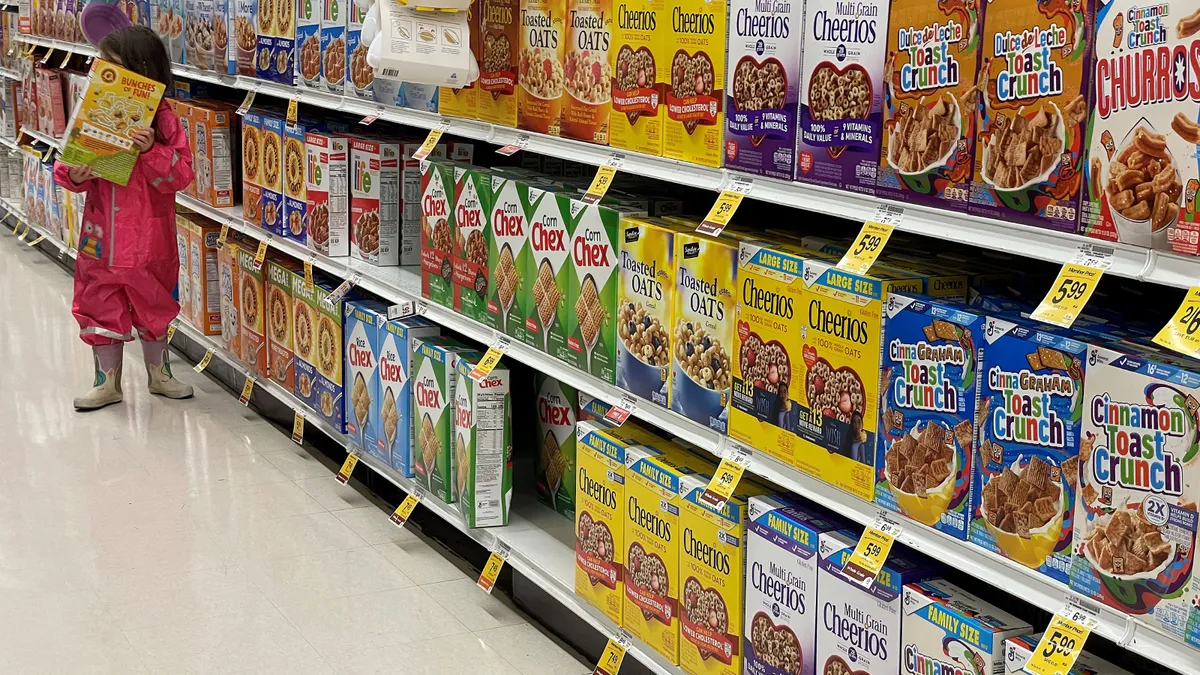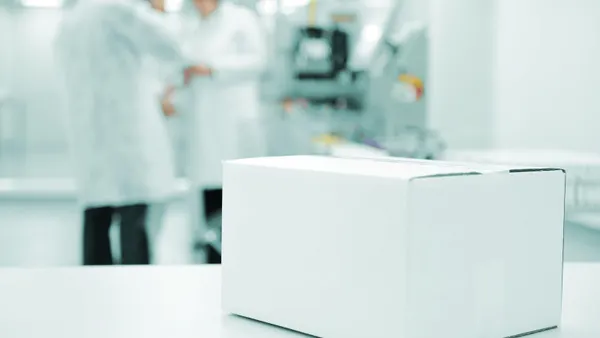Cannabis aficionados have long been stereotyped as earth-loving hippies, but that image may be starting to fade as America’s booming legal weed industry contends with a growing waste problem.
The regulated market for cannabis has grown quickly in recent years, with the drug now legalized for recreational use in 21 states and the District of Columbia and for medical use in 38 states. Strict packaging requirements are common in these markets, with many placing an emphasis on single-use designs. The U.S. market for cannabis packaging could grow more than tenfold over the next decade, ballooning from $842.7 million in sales in 2021 to an estimated $9.3 billion in 2030, per a report by Grand View Research.
In addition to the question of managing organic waste from cultivation facilities, the emergence of this sector also presents new issues with designing and managing packaging for the cannabis itself. It comes in many varieties including tiny vaping cartridges, “doob tubes” and resealable bags for dried cannabis flower.
Plastic has already established itself as the material of choice for the cannabis industry due to its low cost and widespread availability. The Grand View study found plastics “dominated” the cannabis market, accounting for more than half of all packaging sold in 2021, including “bottles, jars, pouches, blisters, clamshells, caps, lids, vials, containers, and dropper pipettes among others.”
Some craft cannabis companies are opting for glass, biodegradable plastics and other “sustainable” materials that — at least in theory — are reusable, recyclable or compostable. But experts say the limitations of America’s recycling infrastructure, in terms of its ability to capture smaller items or handle packaging made from multiple materials, often mean that even the most eco-friendly materials could end up getting tossed.
Alternative approach
N2 Packaging Systems, a small Arizona-based company launched in 2013, has carved itself a niche in the cannabis industry by selling packaging that it markets as both eco-friendly and highly effective at keeping cannabis flower fresh.
N2 started as a spinoff of a food preservation company that also made ammunition containers for the U.S. military and local law enforcement agencies that were infused with nitrogen to prevent accidental explosions. It repurposed the technology for the cannabis industry with a nitrogen-sealed canister that blocks out air and moisture to preserve the freshness of flower.
CEO Thom Brodeur says N2 has built a solid client base among small to medium-sized companies that sell higher-end cannabis rather than larger multistate firms.
“We’re not trying to be all the things to the mass market; we’re leaning into niche consumer markets,” said Brodeur.
N2 supplies more than 60 companies with its patented packaging and the proprietary machinery that allows customers to seal and label the containers. With a price tag ranging from $50,000 to $300,000, Brodeur said the high-tech machinery is significantly more expensive than standard packaging equipment.
That price can be a deterrent for cannabis companies looking to cut back on production costs. “The larger multi-state operators already rely heavily on more commodity packaging solutions,” said Brodeur.
Still, N2 has managed to attract smaller, up-market clients by asserting itself as “the most sustainable option in the market,” with packaging made entirely of either recycled or recyclable materials.
“We're more biodegradable and compostable than anybody in the market,” Brodeur said. “That is a truism.”
In Vermont, where recreational sales kicked off last October, regulators are trying to get ahead of the cannabis waste problem by banning companies from using plastic packaging and authorizing only containers made of glass, metal or cardboard.
While banning plastic may be a viable solution for a tiny cannabis industry like Vermont’s, it could be harder to implement in a much larger market like California’s. Critics of the policy say plastic bans can be counterproductive for a variety of reasons. For instance, glass may need to be packaged in plastic containers or wrap to avoid breaking during shipment.
Culta, a Maryland cannabis cultivator and processor, recently joined the Sustainable Cannabis Coalition, an informal alliance of cannabis firms that have pledged to lessen their environmental footprints. As part of that pledge, the company, which bills itself a “craft cannabis brand,” has promised to rethink its packaging as well as to cut its energy use and offset its carbon emissions.
Arthur Hapner, Culta’s director of procurement, said cannabis flower must be packaged in a hermetically sealed container, otherwise the potency and aroma of the product will quickly degrade from exposure to light and air. That requirement can get in the way of finding more environmentally friendly packaging.
“[If] that means the flower is going to be stale because it's been sitting in a breathable bag, that doesn't make sense for us,” said Hapner.
Overcoming challenges
When choosing packaging, companies need to weigh cost and aesthetic appeal while making sure it's up-to-code with regulations, which can differ from one state to another.
In Maryland — like many states — cannabis packaging must be plain, opaque, child-resistant, tamper evident and properly labeled with a THC warning and total cannabinoid content, along with a host of other safety indications. In addition, cannabis packaging can’t feature imagery that could appeal to minors, such as food, animals or cartoon characters.
Culta packages cannabis flower differently based on product grade. For top-shelf cannabis, the company uses 2.5-ounce glass jars with plastic, child-resistant tops. Meanwhile, lower-tier flower is packaged in resealable pouches made of Mylar, a type of plastic film that has become standard across the cannabis industry.
Hapner has looked into using biodegradable packaging for the company’s lower-shelf cannabis, but cost and quality have been an impediment.
“I can get Mylar bags for around 11 to 12 cents, depending on the quantity,” said Hapner. “But going biodegradable often increases that cost anywhere from 10 to 15 cents a piece.”
Another roadblock, Hapner said, is that biodegradable pouches usually don’t feel quite as sturdy as standard Mylar bags. “They are much lighter weight, and they don’t stand up as well for presenting and things like that.”
The company is still working on finding an alternative. In the meantime, Culta participates in a volunteer-led recycling program called the High 5 Initiative that helps divert plastic cannabis packaging from landfills or incinerators.
Executive Director Phil Ash said he launched the High 5 Initiative in 2019 after coming to the realization that Maryland’s recycling infrastructure wasn’t set up to process most types of plastic cannabis packaging.
“Nobody in Maryland is able to actually recycle it. That means that every single aspect or every single piece is going to end up back in our landfills or worse,” Ash said.
Ash found that because area recycling systems tend to filter out items smaller than four inches in diameter, most cannabis packaging isn’t making it through.
The High 5 Initiative encourages cannabis consumers to drop off discarded packaging made of polypropylene in special bins set up at 40 participating dispensaries across Maryland. The plastic packaging is then collected by volunteers who sort it, grind it into small shreds and transport it to a specialized processing center where it is converted into resin for commercial use.
Ash said the program has helped recycle at least 500,000 pieces of discarded cannabis packaging. He thinks cannabis users are by nature more attuned to the waste issue than the average consumer.
Still, Ash said greenwashing is common in the cannabis industry and that the sustainable packaging practices promoted by many cannabis companies are usually little more than a marketing ploy.
“Most of the words that [companies] use are camouflage for not actually doing anything,” said Ash, who used to work at a Maryland-based rubber manufacturing company.
For example, he said many cannabis companies will tout their use of “compostable” packaging materials even if there’s no local infrastructure to compost those materials.
In his view, the key to reducing packaging waste starts with researching and understanding an area’s waste processing and recycling ecosystem rather than picking a novel kind of material. Ash said he spent hours talking to local officials, recycling industry experts and state legislators before launching the High 5 Initiative. He said the cannabis industry will need to dig deeper to address its packaging waste problem in any sort of meaningful way.
“The bottlenecks in the recycling industry are infrastructure-related and essentially a giant disconnect between the people who produce the packaging and the people who are in charge of mitigating its impact on the environment,” he said.


